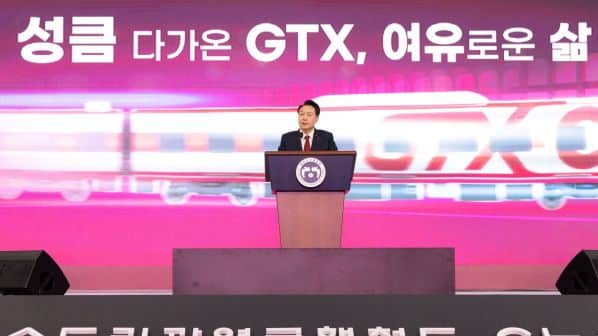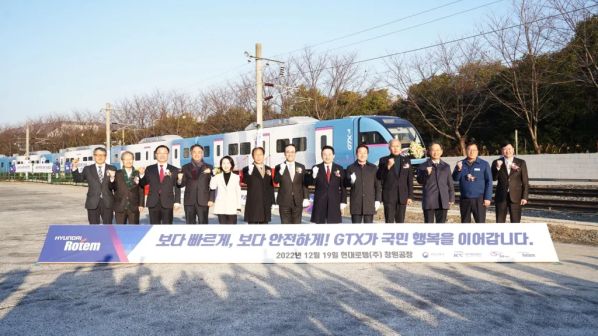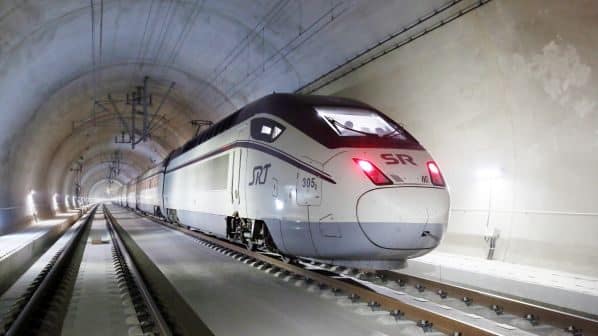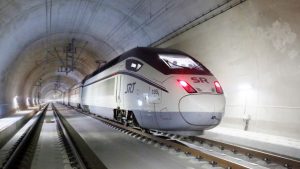CONSTRUCTION work has now started on the 86.46km, Won 4.68 trillion ($US 3.7 bn) GTX-C project in Korea, which will be the second express commuter line to connect Seoul with major satellite cities in Gyeonggi province.
Korea’s president, Mr Yoon Suk Yeol, launched construction on January 25 at an official ceremony in Uijeongbu, one of the cities that will be served by GTX-C.
As with GTX-A that is already under construction, GTX-C will link satellite cities north and south of the capital, running in tunnels at up to 40m below the surface. Trains will operate at up to 180km/h, around three times faster than is possible on metro lines.
The GTX-C line runs from Suwon in central southern Gyeonggi province via Seoul to Uijeongbu and Yangju in central northern Gyeonggi. There will be 14 new stations, providing interchange with the Seoul metro network and connections to other major satellite cities including Gwacheon, Anyang, Ansan and Uiwang.
Scheduled to open in 2028, GTX-C will cut the journey time from Uijeongbu to Samseong station in southern Seoul to just 21 minutes, compared with over 1 hour by metro at present. The journey time from Samseong to Suwon, which also currently takes just over 1 hour, will fall to just 27 minutes.
GTX-C will serve the future underground transport hub at Samseong station, also due to open in 2028. This will provide interchange with Seoul Metro lines 2 and 9, GTX-A, the Wirye - Sinsa Line and the Super Rapid Train (SRT) high-speed service between Dongtan and Seongnam.
Unlike other GTX lines, GTX-C has been funded by means of build-transfer-operate (BTO) contract, with an operating concession of 40 years.
“This year marks the beginning of the GTX era with the GTX-A from Suseo to Dongtan to open in March, and construction on the GTX-B from Incheon to Namyangju to begin the same month,” said Yoon.
“At the end of the year the Paju (Unjeong) to Seoul section of the GTX-A line will also begin operating.”
Yoon made implementing the GTX network a priority during his presidential campaign, and said that GTX-C would be further extended to the cities of Dongducheon, Osan, Pyeongtaek and Cheonan. These extensions are planned to be open at the same time as the rest of the line in 2028, and extensions to GTX-A and GTX-B are also in the pipeline.
“As local governments will take on the cost of the GTX-A and GTX-C extensions themselves, these can go straight into the design phase next year without a feasibility study,” Yoon said.
“A feasibility study for the GTX-B extension will take place in collaboration with local government.”
Plans for GTX lines D, E and F are also moving forward and will reflect the national rail plan. All three will be progressed together at the same time.
“Once GTX lines A to F are complete, citizens will be able to travel from the Seoul Capital region to Seoul within 30 minutes,” said Yoon, also announcing plans to extend express commuter services to regions such as Busan-Ulsan-Gyeongnam, Daegu-Gyeongbuk, Daejeon-Sejong-Chungcheong, and Gwangju-Jeonnam.
For detailed data on rail and metro projects in Asia, subscribe to IRJ Pro.




